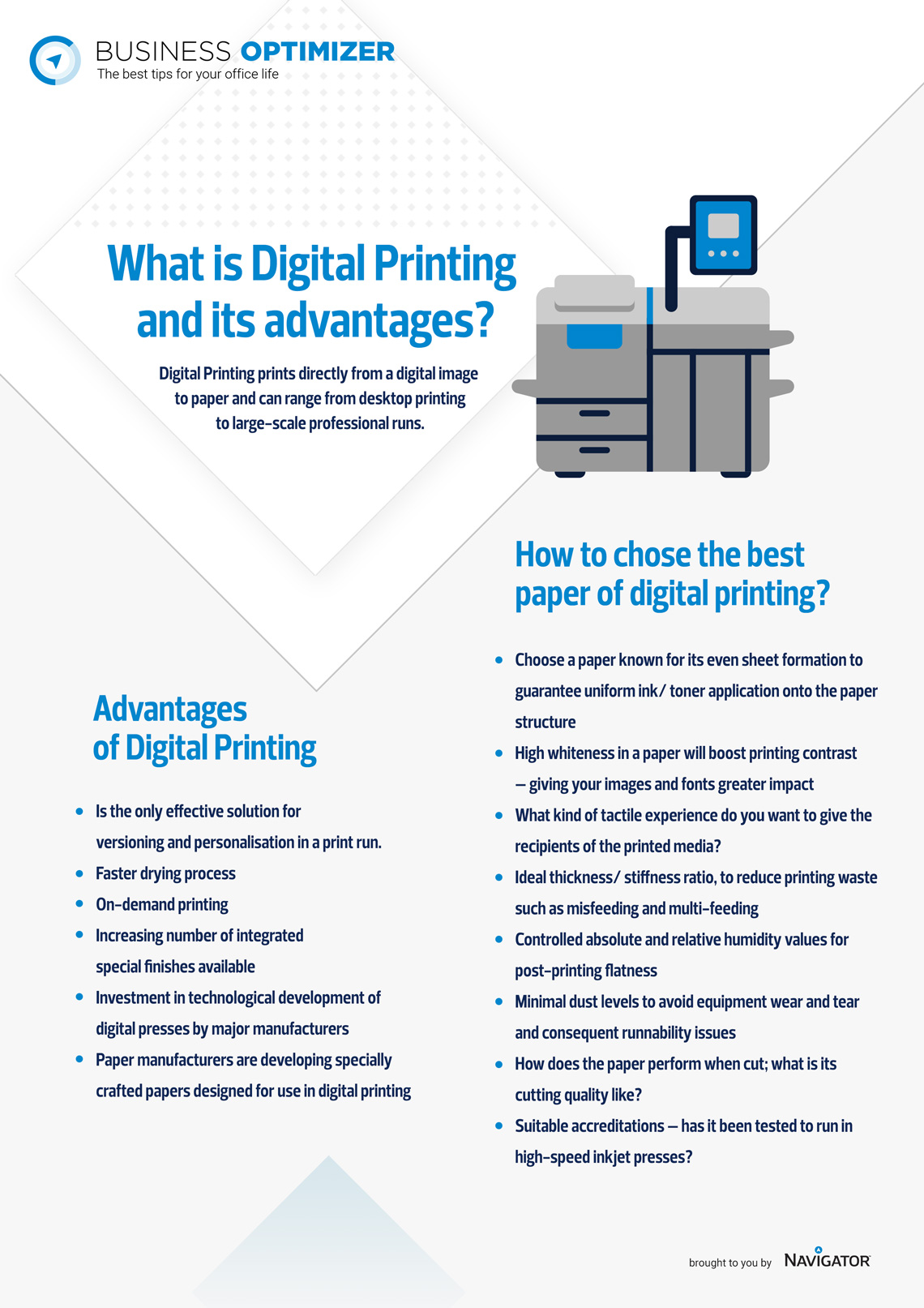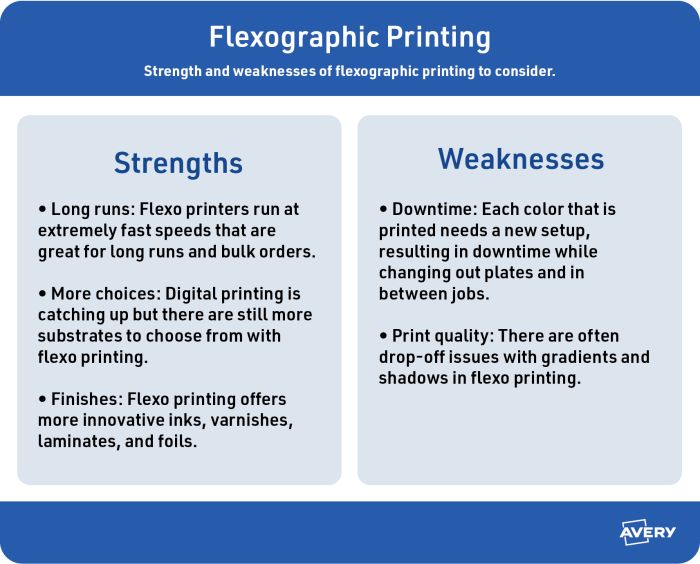The Ultimate Guide To Digital Printing
The Ultimate Guide To Digital Printing
Blog Article
Some Known Questions About Digital Printing.
Table of ContentsThe 9-Minute Rule for Digital Printing10 Simple Techniques For Digital PrintingThe Ultimate Guide To Digital PrintingFascination About Digital PrintingThe Ultimate Guide To Digital PrintingExamine This Report about Digital Printing
Variable data printing, such as straight mail with individualized codes and addresses, is ideally suited for digital printing. Digital quick printing just requires 4 actions of layout, review, printing and binding to get every little thing done. Digital quick printing has an unequaled benefit: print on demand.According to PMMI, digital printing allows brand names and manufacturers to respond quickly to customer demands while improving the supply chain, lowering warehousing cost and waste, and enjoying faster time to market. That all noises great, yet just how does this innovation do all that? The significant differentiator of these technologies is that there are no set up fees and no plates with digital printing.
Digital Printing Can Be Fun For Anyone
According to Wikipedia, the best distinction between digital printing and standard approaches such as lithography, flexography, gravure, or letterpress - Digital Printing is that there is no requirement to change printing plates in digital printing, whereas in these analog printing approaches home plates are repeatedly replaced. This leads to quicker turnaround time and lowers price when making use of digital printing.
Fast manufacturing means obtaining your item to market much faster. It additionally suggests it's easier and faster to make changes later, when you change a dish, add a SKU, or produce seasonal packaging. Digital printing is very adaptable, so it's easy to make changes to the bundle style promptly. Everything returns to home plates.
Much more supply can mean more waste in the future. With standard printing approaches, short-run printing is simply not feasible. Due to the fact that a great design can make or damage your item, electronic printing constantly develops high-quality, clear and vibrant graphics each time. Digital printing on versatile bags adds the bright, vibrant, and exact graphics that virtually beckon customers to connect and touch them.
Digital printing is the procedure of printing digital-based images straight onto a range of media substratums. There is no requirement for a printing plate, unlike with offset printing. Digital documents such as PDFs or desktop computer publishing files can be sent out directly to the electronic printing machine to publish theoretically, photo paper, canvas, textile, synthetics, cardstock and other substrates.
More About Digital Printing
According to PMMI, digital printing permits brands and manufacturers to react quickly to customer demands while enhancing the supply chain, decreasing warehousing cost and waste, and appreciating faster time to market. That all sounds fantastic, however just how does this innovation do all that? The significant differentiator of these technologies is that there are no set-up charges and no plates with digital printing.
According to Wikipedia, the best difference in between digital printing and traditional approaches such as lithography, flexography, gravure, or letterpress is that there is no demand to replace printing plates in electronic printing, whereas in these analog printing approaches the plates are continuously changed. This results in quicker turnaround time and lowers price when using digital printing.

Digital Printing Can Be Fun For Anyone
Much more inventory can mean even more waste later on. With traditional printing approaches, short-run printing is just not feasible. Because a great style can make or break your product, electronic printing consistently develops high-grade, clear and vivid graphics each time. Digital printing on adaptable bags includes the intense, vibrant, and specific graphics that virtually bid customers to reach out and touch them.

According to PMMI, digital printing permits brand names and makers to respond swiftly to customer needs while boosting the supply chain, decreasing warehousing expense and waste, and appreciating faster time to market. That all sounds great, but just how does this modern technology do all that? The significant differentiator of these technologies is that there are no set up costs and no plates with digital printing.
Not known Incorrect Statements About Digital Printing
This results in quicker turn-around time and lowers expense when using digital printing.
Rapid manufacturing implies getting your product to market faster. It likewise suggests it's less complicated and faster to make changes in the future, when you change a dish, include a SKU, or create seasonal packaging. Digital printing is very adaptable, so it's simple to make adjustments to the plan design rapidly. All of it goes back to home plates.

Getting The Digital Printing To Work
Digital printing is the process of printing digital-based images straight onto a range of media substratums. There is no need for a printing plate, unlike with balanced out printing. Digital documents such as PDFs or desktop posting documents can be sent out straight to the digital printing press to print on paper, photo paper, canvas, material, synthetics, cardstock and various other substrates.
Report this page